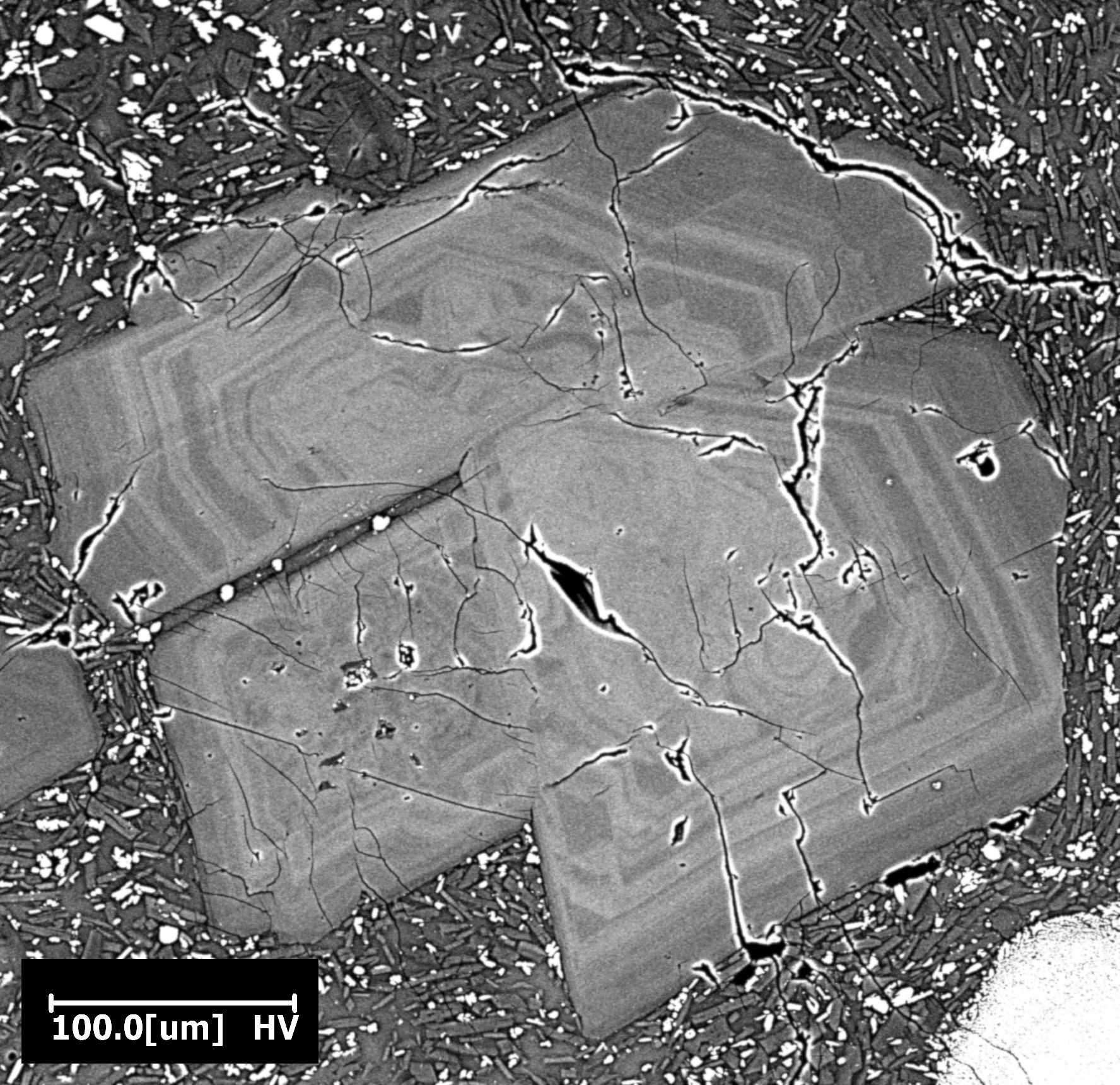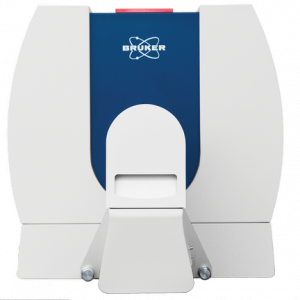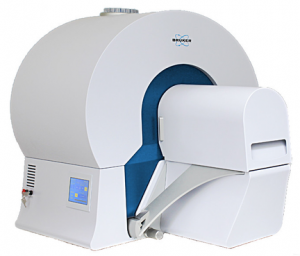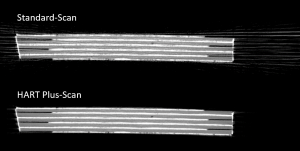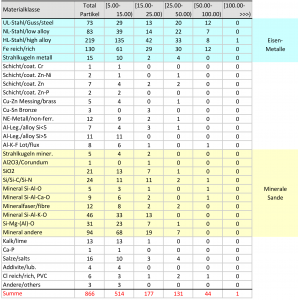Coxem recently presented a new backscattered electron detector (BE) for their SEM-EDX systems, which impresses with its excellent sensitivity. The new BE detector is particularly interesting for applications that benefit from a high contrast of the atomic number Z.
Our customer from the University of Göttingen wanted to know more about this and provided us with a Z-resolution standard to qualify the detector. The standard is made of brass, which shows the finest variations of the atomic number through segregation. The fine lines in the BE image show the beginning of the separation of copper and zinc.
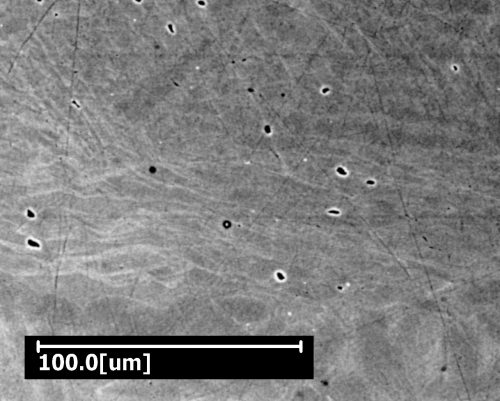
This image, which is not particularly spectacular in itself, nevertheless astonished our customers, as it shows that the new BE detector can display even the smallest atomic number differences of ΔZ <0.1.
Our customer brought another sample of igneous rock as an application example. In addition to a variety of minerals, the thin section also contained feldspar, a common silicate mineral. It is known that minerals crystallizing out of a melt grow concentrically around a nucleus. Variations in the chemical composition can provide information about the complex crystallization process. To visualize the material contrast, the imaging was carried out using a BE detector. The high-contrast representation of the growth zones of a feldspar enabled the differentiation of at least 10 different growth phases. Similar to tree rings, these represent a variation in the availability of "nutrients", in this case elements.
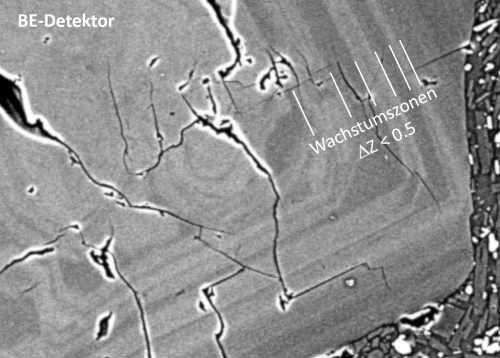
More information about the method can be found on our SEM-EDX overview page or in our SEM-EDX guideline.
If you would like to carry out similar analyses or are interested in your own SEM-EDX system, we look forward to hearing from you.


